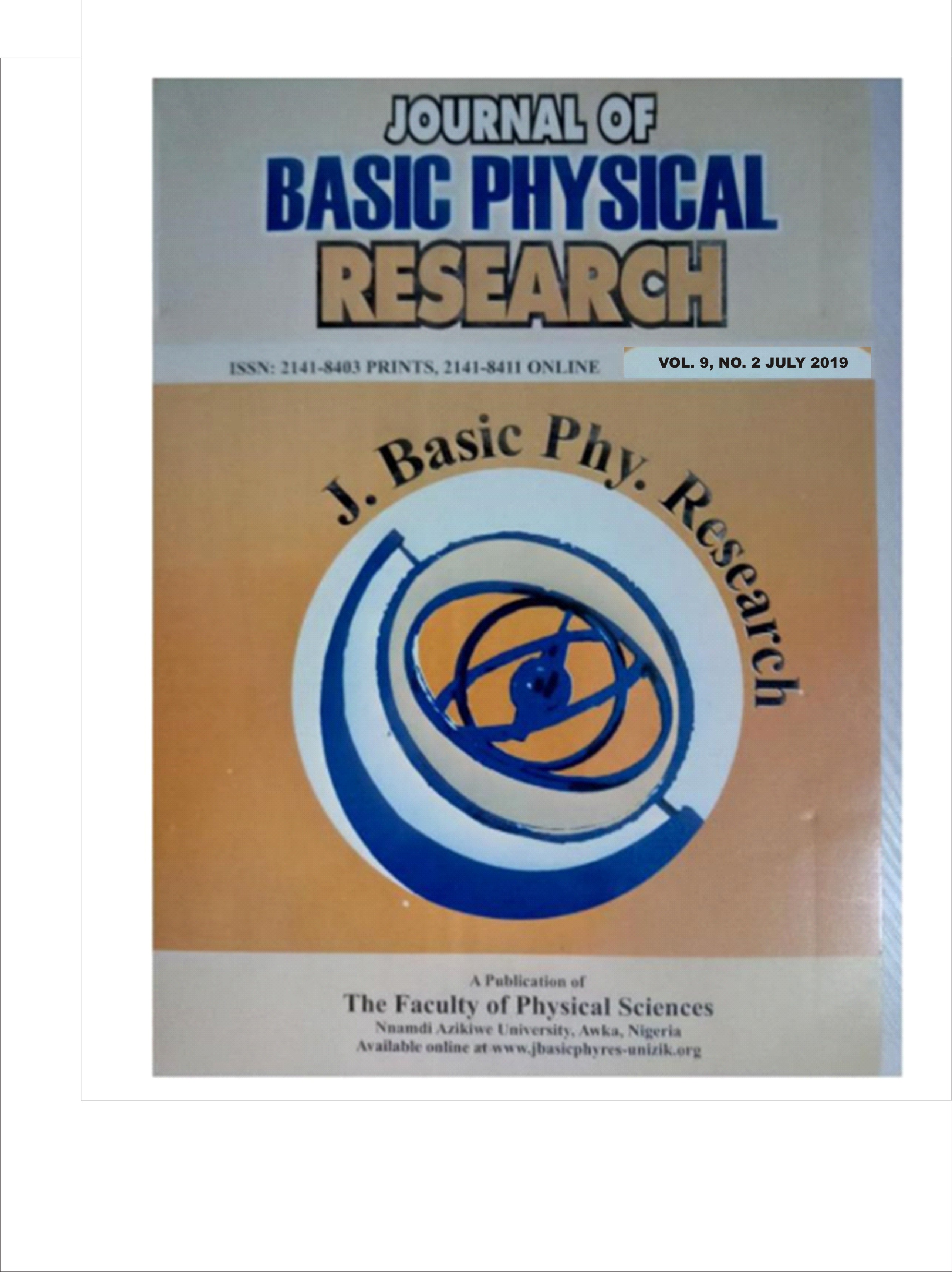APPLICATION OF SEQUENCE STRAIGRAPHY IN IDENTIFICATION OF NEW PROSPECTIVE ZONES IN ROBELO FIELD, NIGER DELTA BASIN, NIGERIA
Keywords:
Hydrocarbon, 3D seismic volume, Well log data, Fault, Lithofacies and System tractsAbstract
This study involved the application of sequence stratigraphy in the identification of hydrocarbon prospective zones within Robelo Field onshore of Niger Delta Basin, Nigeria. The methodology involved the use of 3D seismic volume and three well log data drilled along the west-to-east direction in carrying out standard sequence stratigraphic interpretation. The result of the seismic interpretation revealed five (5) reservoirs namely; A, B, D, L and M-reservoirs and they were correlated across the three wells in the study. The result also revealed that the structural style identified in the area was dominated by simple rollover anticline bounded by growth faults. The seismic facies analysis revealed six (6) main types namely; seismic facies I, II, III, IV, V and VI; they are characterized by parallel to sub-parallel, irregular, hummocky and chaotic reflections. The generated seismic attribute maps revealed two major prospective zones at seismic time depths of 2144ms and 2352ms within the area. These zones identified are indicative of hydrocarbon accumulation potential. The depositional environment identified was mainly fluvial environment. The sequence stratigraphic result revealed six (6) complete sequences and one incomplete sequence with accompanying system tracts over the interval 6010.34ft – 8613.72 ft. The transgressive system tracts (TSTs) within these sequences were dominated by marine shales and thin sands. The reservoir quality sands are found in high stand system tract (HST) and low stand system tract (LST) while the shales of TSTs and HSTs form the source and seal units. Based on all the results obtained, the study area possessed good reservoir-quality sands and seals, together with dependable source rocks and migration paths, thus enhancing high-quality hydrocarbon prospects in the area.


